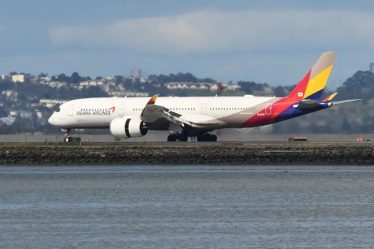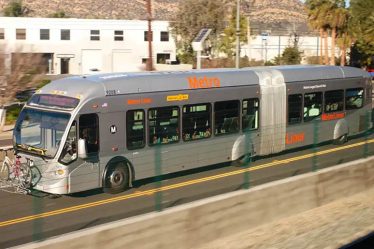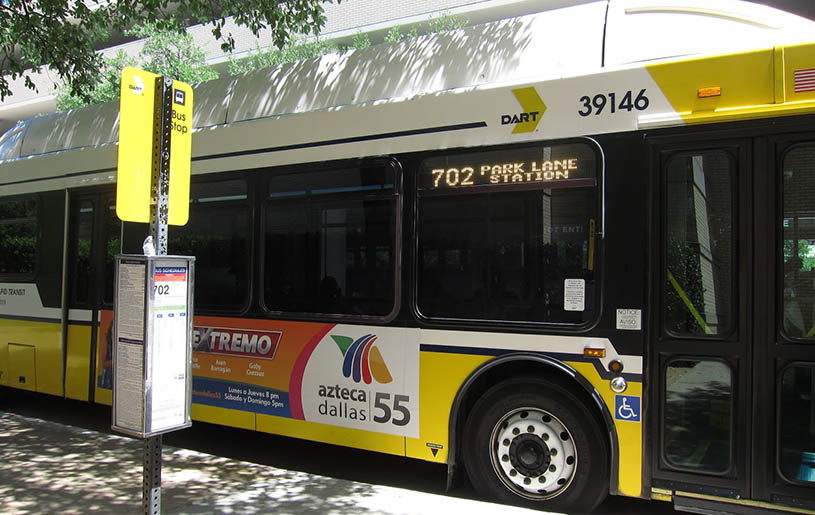
As the fourth largest city in Texas, the United States, Dallas attracts visitors from all over the world with its rich cultural heritage, vibrant business atmosphere and numerous tourist attractions. Whether visiting the famous Dallas Museum District or experiencing the modern style of a big city, visitors can find a wealth of activities and experiences.
However, like many big cities, traffic in Dallas can sometimes be a problem for visitors. Especially during rush hour, the city’s main roads are often severely congested, which may affect your travel efficiency. At the same time, busy parking issues are also a major challenge many tourists encounter after arriving in Dallas.
In order to reduce these troubles, it is particularly important to understand Dallas’s public transportation system and transportation planning. Choosing the most suitable mode of transportation, such as using Dallas’s subway system, public buses or shared bicycles, can help tourists save time and improve travel efficiency. By planning your transportation routes in advance, you will be able to better enjoy everything Dallas has to offer.
1. Overview of Dallas Transportation
Before we start discussing specific transportation methods, let’s first understand Dallas’ transportation infrastructure. The transportation system in downtown Dallas consists of a variety of modes, including public transportation (subway, bus), taxis, shared bicycles and car rental services. Although Dallas does not have a dense subway network like New York or Los Angeles, tourists can still easily enjoy the convenience of the city by choosing the right transportation method.
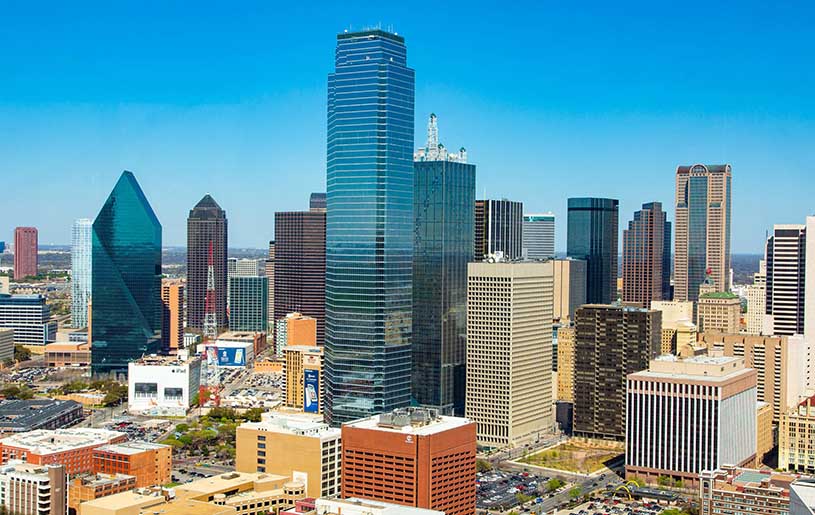
1.1 Traffic Challenges during Peak Hours
Dallas traffic is very busy during peak hours, especially from 7 to 9 am and 4 to 6 pm. Main roads in the city, such as I-35 and I-75, are often congested, which is undoubtedly a big challenge for tourists who are short on time. Therefore, understanding the traffic conditions during peak hours in advance and adjusting travel time flexibly are the keys to avoiding traffic troubles.
1.2 Parking Problems
Although there are a large number of parking lots in Dallas, parking spaces may be tight near some popular attractions, such as the museum district in the city center and the Dallas Zoo. For self-driving tourists, choosing a suitable parking lot and planning a parking route in advance will effectively avoid unnecessary trouble.
2. Public Transportation in Dallas
Public transportation is the preferred mode of transportation for many tourists in Dallas, which is both economical and convenient. Although public transportation in Dallas is not as developed as in some big cities, for most tourists, subways and buses are sufficient to meet their needs.
2.1 Dallas Metro System (DART)
Dallas Metro (Dallas Area Rapid Transit, referred to as DART) is the main public transportation in Dallas, covering many important areas in the city and suburbs. DART has multiple subway lines, the most important of which are the Red Line, Blue Line and Green Line, which cover almost all major attractions and commercial areas in Dallas.
2.1.1 DART fares and access methods
DART fares are very reasonable. A one-way fare is usually $2 and is applicable to most areas. Visitors can choose to purchase a day ticket or a weekly ticket. The day ticket costs $5 and is suitable for visitors who plan to take the subway frequently in a day. The weekly ticket is suitable for visitors who stay longer and costs $25.
DART tickets can be purchased through an electronic wallet or directly at the ticket vending machine at the station. In addition, visitors can also use the DART app on their mobile phones to purchase tickets, which is convenient and fast.
2.1.2 Advantages of DART subway
It has a wide coverage, and major attractions such as the Dallas Museum of Art, the George W. Bush Presidential Library, and the American Airlines Center can all be reached by subway.
Scheduled flights and convenient transfers between subway stations and other modes of transportation ensure that tourists can easily plan their routes.
It is efficient and fast, avoiding the traffic peak in the city and reducing the time wasted due to traffic jams.
2.2 Dallas Bus
In addition to the subway, Dallas also has a large bus network. Buses can connect visitors from subway stations to some areas around Dallas, especially for those who do not want to walk for a long time.
2.2.1 Bus routes and fares
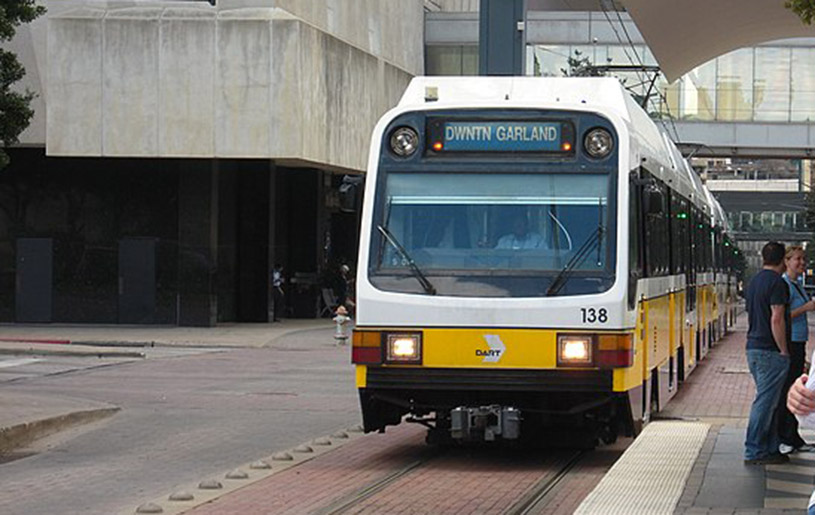
Dallas’ bus system is also operated by DART, and the fares are similar to those of the subway. The one-way fare is $2, and day and weekly passes are also available. Compared with the subway, the bus travels slower, but it covers a wider area and can take tourists to places that the subway cannot reach.
2.2.2 Advantages of buses
The coverage is wide, and it can reach more attractions and residential areas.
Suitable for tourists with limited budgets or who only need to travel a short distance.
The fare is reasonable, and it is a cost-effective way to travel.
3. Dallas taxis and shared travel
Although public transportation is very convenient, for some tourists, taxis and shared travel services (such as Uber, Lyft) may be more flexible and comfortable options, especially when traveling in urban areas or remote areas.
3.1 Taxi
Dallas taxi services can usually be found in the city and the airport. Unlike many large cities, taxis in Dallas do not have the problem of “difficult to get a taxi”, but due to the heavy traffic, you may need to wait a while to get a taxi.
3.1.1 Taxi Fares
Dallas taxis start at about $2.50 and charge about $2.25 per mile. Depending on the time and distance of the trip, the charges may vary.
3.1.2 Advantages of Taxi
Convenient and fast, especially for tourists who are in a hurry.
Suitable for multiple people to share the cost.
No need to make a reservation in advance, you can find a taxi at any time.
3.2 Uber and Lyft
Today, Uber and Lyft have become the main shared travel methods in Dallas. Both services have wide coverage and reasonable fares, suitable for single or small groups.
3.2.1 Cost and Booking
Uber and Lyft fares are usually slightly lower than taxis and fluctuate according to demand. During peak hours, prices may increase. Visitors can easily book a vehicle through their respective applications, view fares in real time, and choose the most suitable service type.
3.2.2 Advantages of Uber and Lyft
Cheaper than traditional taxis, and more transparent costs.
Convenient mobile application, users can always check the real-time location of the vehicle.
Suitable for people who want to avoid public transportation, especially for tourist attractions far away from the city center.

4. Car rental and self-driving tour
Dallas is a car-oriented city, so renting a car and driving yourself is the first choice for many tourists, especially those who plan to go to the suburbs or surrounding towns. By renting a car, you can enjoy more freedom and flexibility.
4.1 Car rental companies and fees
There are many car rental companies in downtown Dallas and Dallas International Airport, such as Hertz, Enterprise, Avis, etc. Depending on the type of car and the rental time, the price fluctuates, and the daily rental fee usually ranges from US$30 to US$100.
4.1.1 Advantages of renting a car
Flexible and free, especially suitable for tourists who plan to visit suburban attractions.
More privacy and comfort than public transportation.
You can adjust your travel route at any time according to your own schedule.
4.2 Precautions for self-driving tours
Although Dallas has relatively complete road facilities, tourists still need to pay attention to the following points:
Traffic congestion is more serious during peak hours.
Some streets in the city are narrow and parking spaces are limited.
Be sure to obey traffic rules, especially when driving in the city.
5. Transportation applications and booking platforms in Dallas
To improve travel efficiency, tourists can use multiple mobile applications and booking platforms to plan transportation routes and understand traffic conditions in real time.
5.1 Mobile applications
Google Maps: Provides the most accurate navigation service, suitable for walking, driving, public transportation and other modes of travel.
Uber/Lyft: Convenient and fast shared travel services, users can view fares and driver locations in real time.
DART app: Helps tourists view real-time information and schedules of Dallas subways and buses.
5.2 Booking platforms
Rentalcars.com: A convenient booking platform for car rentals, providing global car rental services.
Expedia: Not only can you book flights, but you can also easily arrange transportation rentals through the platform.
When traveling in Dallas, mastering these transportation tips, whether choosing the right means of transportation or planning your time properly, will allow you to easily travel around the city.
By making reasonable use of public transportation, ride-sharing, and self-driving, you will be able to save time and energy to the maximum extent, making your trip more efficient and enjoyable.
As long as you prepare in advance, understand the peak traffic hours, and choose the right mode of transportation, Dallas traffic problems will no longer be a problem that bothers your journey.
